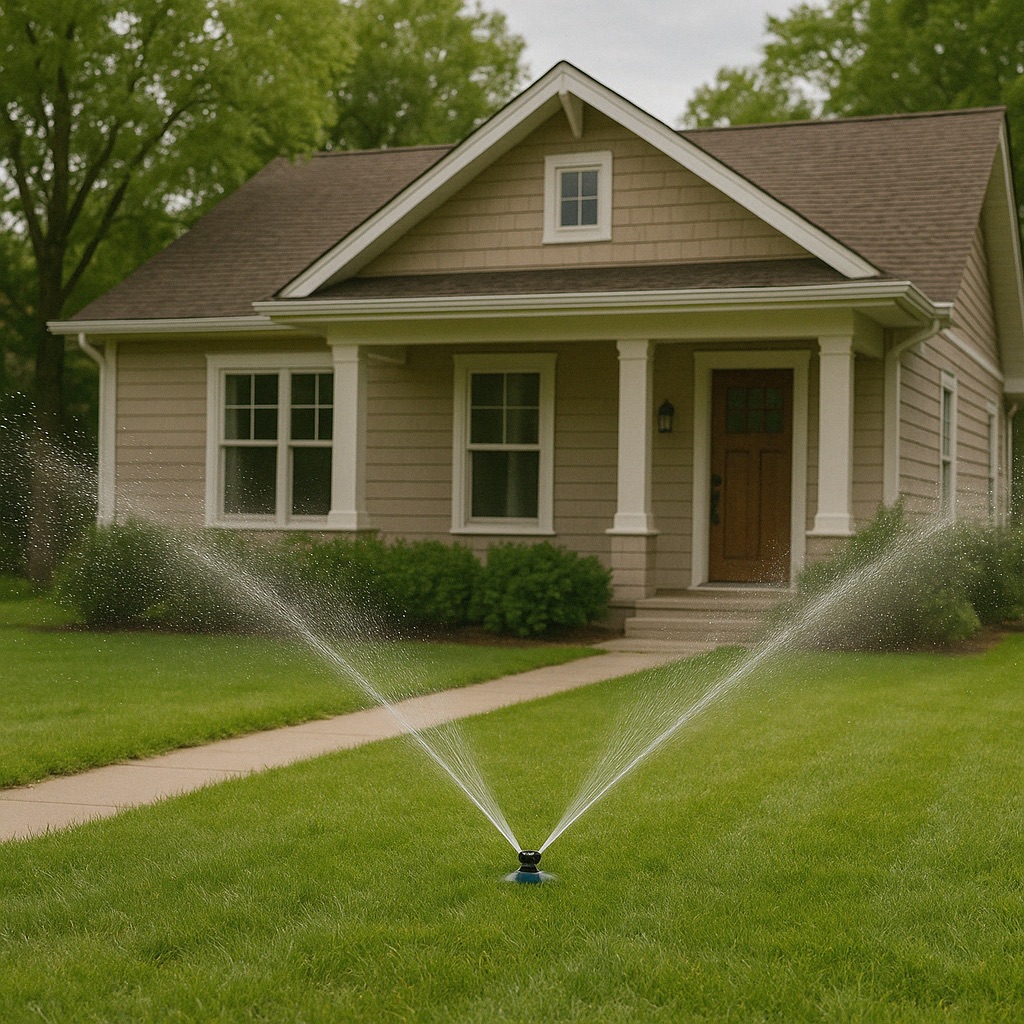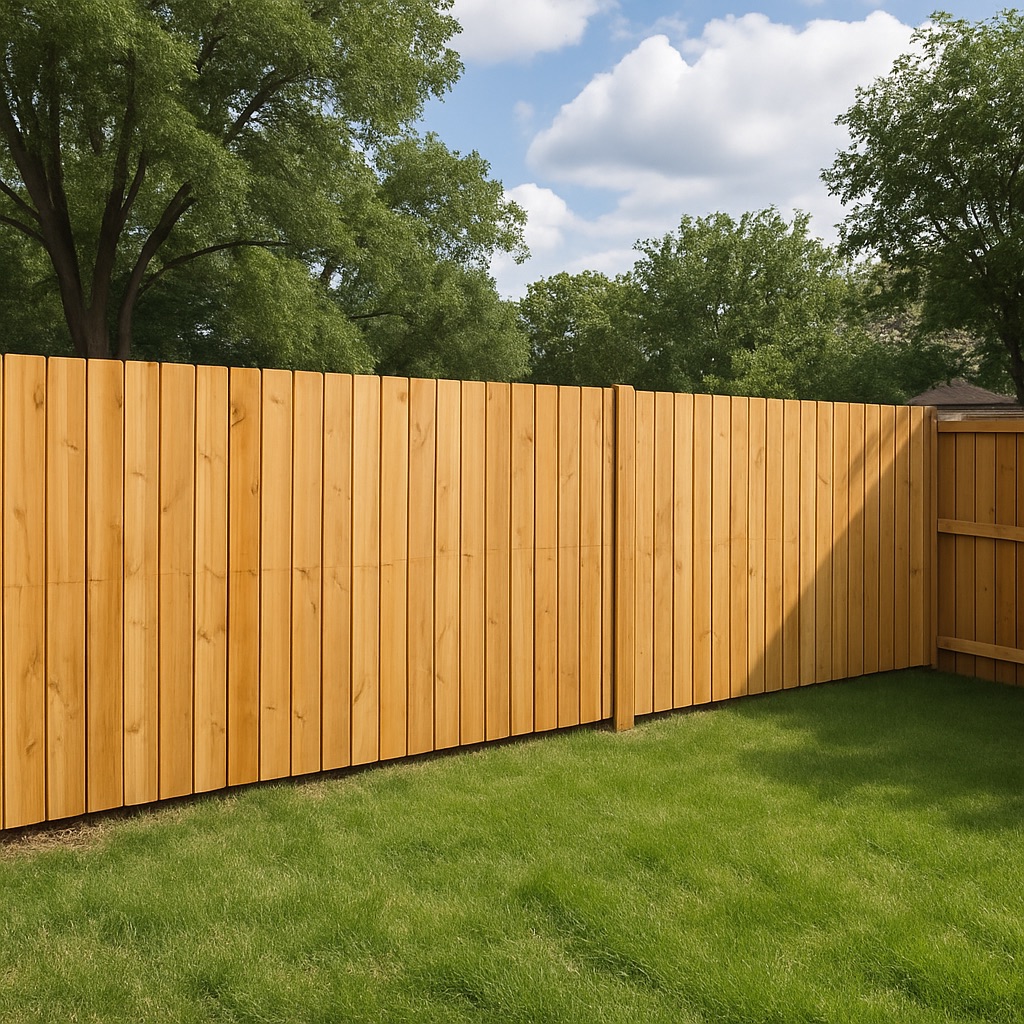Last updated on
Is your lawn working with the environment, or against it?
A lot of people don’t realize how much their lawn maintenance routine can affect the planet. From excess water waste to chemical-heavy treatments, traditional lawn care isn’t exactly known for being kind to nature. But the good news? There are easy, practical ways to shift your habits without sacrificing the health or look of your yard.
Here are seven smart, eco-conscious habits that can help you create a greener lawn, literally and environmentally.
Table of Contents
Use a smart irrigation system

Watering your lawn might seem straightforward, but it’s one of the areas where homeowners unknowingly waste the most resources. Manual watering often leads to overwatering, runoff, and lost efficiency, especially during hot spells.
By conserving water with an irrigation system, you’re not only cutting down your utility bill but also helping your local ecosystem. The right system will only water when needed, and distribute moisture evenly across the lawn.
Timing matters, too. Water early in the morning or late in the evening to reduce evaporation. You don’t need daily watering. In fact, encouraging your grass to grow deeper roots by spacing out watering days helps make it more drought-resistant.
Mow high, not low
It might seem like trimming your grass shorter means fewer mowings, but it’s not great for the lawn—or the environment.
Short grass is more exposed to the sun, which means it dries out faster and requires more water. It also invites weeds to take over. Keeping your mower set to a higher level encourages stronger root systems and helps the soil retain moisture.
Also, resist the urge to mow too often. Letting your grass grow a bit longer, especially in the hotter months, is better for its health and cuts down on emissions if you’re using a gas-powered mower.
Leave the clippings where they fall
It’s tempting to bag and toss grass clippings, especially if you’re aiming for a neat appearance. But there’s a better way.
Let them stay.
Those clippings break down quickly and return valuable nutrients like nitrogen back into the soil. It’s a simple form of natural fertilization that saves you time and keeps your lawn healthy without the need for added chemicals.
Just make sure you’re not leaving behind huge clumps. A thin layer is all it takes to do the job right.
Rethink your fertilizer
Traditional lawn fertilizers are often packed with synthetic chemicals. While they do green up your lawn quickly, the long-term impact on the soil, local waterways, and wildlife isn’t worth it.
Instead, switch to a slow-release or organic fertilizer. These feed the lawn gradually, improve soil structure, and don’t carry the same risks of runoff pollution.
Better yet, learn about what your lawn actually needs. Over-fertilizing is a common mistake. A basic soil test can help you figure out which nutrients are missing, and only apply what’s necessary.
Choose native plants and grasses
Not all grass is created equal. Some types need constant watering, mowing, and pampering just to survive in certain climates. That’s a lot of effort for not a lot of payoff.
Native grass species are built to thrive in your region’s natural conditions. That means less watering, fewer pest problems, and better resilience overall.
You can also mix in native ground covers or low-maintenance plants around the edges or in patches where grass doesn’t grow well. Not only will it boost your yard’s visual appeal, but it supports local biodiversity too.
Skip the pesticides and herbicides
Pest and weed control are a big part of lawn care, but the most common methods come with serious downsides. Many pesticides can harm beneficial insects, leach into the soil, or end up in nearby waterways after heavy rain.
Instead of spraying your whole lawn, use targeted methods when needed. Hand-pulling weeds or spot-treating specific areas can be just as effective without introducing unnecessary chemicals into the environment.
If you’re dealing with a consistent pest problem, take a step back and assess what might be causing it. A stressed lawn is more likely to attract issues, so focusing on overall health is a solid preventative approach.
Compost yard waste
Bagging up leaves, sticks, and other lawn debris might seem like a quick clean-up solution, but you’re actually throwing away valuable organic material.
Start a compost pile instead. You can compost grass clippings, leaves, and even small branches. When it breaks down, you’re left with rich, nutrient-packed compost that’s perfect for feeding your lawn and garden.
It’s a win-win. You reduce landfill waste and gain free, natural fertilizer for your outdoor space.
Give your lawn a greener future
Lawn care doesn’t have to be resource-heavy or complicated. With a few habit changes, you can maintain a beautiful outdoor space that also respects the planet.
Try one or two of these eco-friendly shifts to start. Over time, you’ll likely notice healthier grass, less maintenance, and fewer unexpected problems. Plus, you’ll know your yard isn’t just there to look good; it’s doing some good, too.




